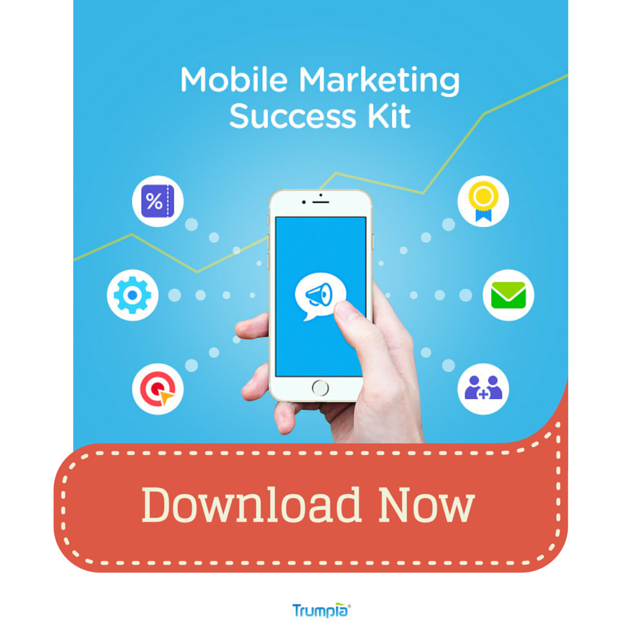 Copyright: dolgachov / 123RF Stock Photo
Copyright: dolgachov / 123RF Stock Photo
It’s easy to declare texting the winner of "the best way to connect to others” method.
Texting can be done quickly, easily, and without the need for any browser or desktop computer. Texts can be sent from and received on just about anyone’s mobile phone – with the exception of those who ask their wireless provider to block texts.
But what’s even smarter is a marketing strategy that includes the ability to reach people through not just mobile texting but other methods, including email and social media messaging.
This way, your company’s multi-channel marketing effort can make sure your message reaches a much wider audience, no matter what platform they prefer to interact with or what technical preferences they may have with their mobile devices.
Variations of this approach also can help extend your audience well beyond those who prefer text only or email only.
For instance, some texting providers make it easy to create and send emails that are received as texts. This works by sending the information to a certain email box, which converts them into texts and relays them to the recipient’s wireless provider to be sent as a text.
But fewer people are as familiar with the reverse process: how to send texts that are received as email. This method can also extend the reach of those may not be able to receive texts. This could be by the recipient’s choice, such as not wanting to pay for texts or if they have an older flip phone and/or tinier fingers that make texting a challenge.
Or it could be technical, such as if the recipient is in an area with a week wireless signal but are still able to access the Internet and email.
The process is fairly simple. In your “compose text” menu, write the recipient’s complete email address instead of their phone number like you normally would when sending them a text. Write your message using text format rules (160 characters or less, please!), include any attachments, and hit send.
If all goes well, the recipient will receive your message as an email. The only precaution is if a particular wireless company may block some mms (mass messages like texts which contain extra content, as opposed to sms, which are standard texts with nothing else included). However, this type of mms message service is especially common these days with major carriers, since more and more people enjoy sending larger texts containing photos or short video clips.
Drew Pindle from DigitalTrends suggests testing the process out by texting yourself an email.
Once you have successfully emailed yourself, he suggests that the back-and-forth tool can also be set up so all or certain future texts automatically come through as emails. This can be a handy back-up and also a good way to search past correspondence rather than having to scroll through long message conversation threads.
It also could be a smart way to store the information as well and help your company’s system resources. Too many texts may eventually take up a lot of your mobile phone’s memory, but most companies have larger hard drives or shared servers to store larger amounts of email. And, of course, the emails you want to save may likely be around longer than your phone, especially if you upgrade mobile devices every two years. You may want to move over your contacts and photos to a new one, but you necessarily may not want to keep quick texts or complete conversations from the past.
Interestingly, some of these text-to-email methods have been around for awhile – just few people considered them or realized they were even possible.
Adam Pash from Lifehacker made this discovery in 2010 when he initially said told his readers that text to email simply was something that was too good to be true. His readers corrected him and he soon figured out how to accomplish this, and also came up with some interesting variations, including using your Google Voice number to email messages to yourself, or how to text yourself an email and then reply to the email via text.
Businesses can use this ability to show that they’re able and willing to connect with their customers, no matter what their particular technical configuration is.
Most companies typically offer customers a variety of choices when they present the opt-in options. “What’s the best way for us to let you know about our services, products or special promotions?”
These sign-up forms usually include options like SMS, email, email newsletters, social media or voice messages. But it might be interesting to see the response if choices were added like “emails as texts” or “texts as emails” to see who wants these.
For more strategies on blending text and email to expand your company’s audience visit trumpia.com.




